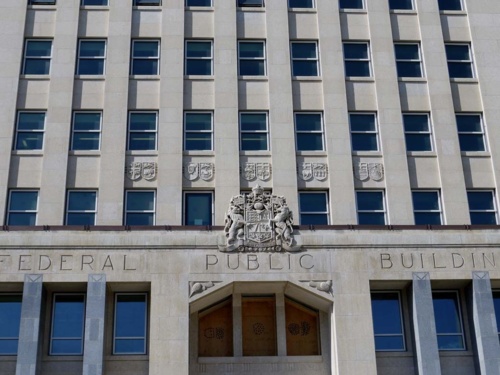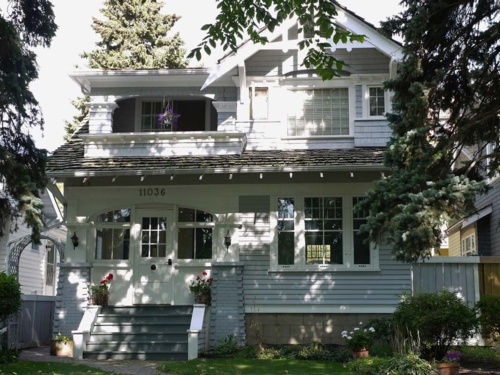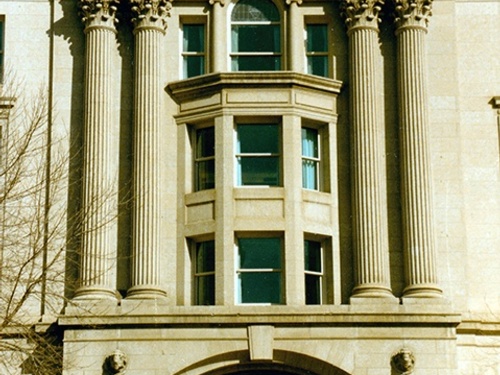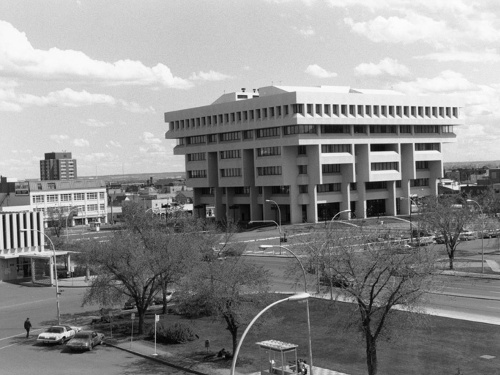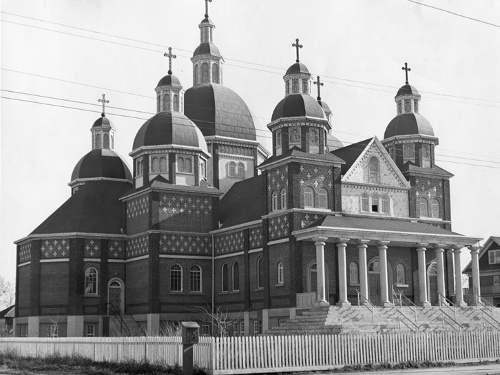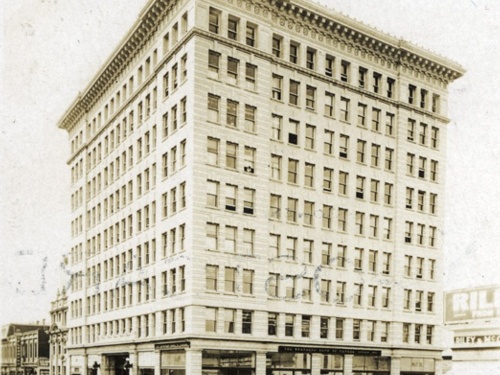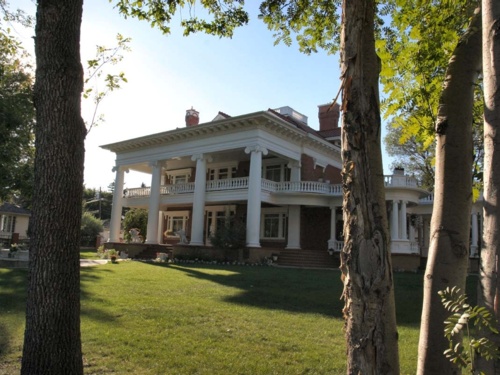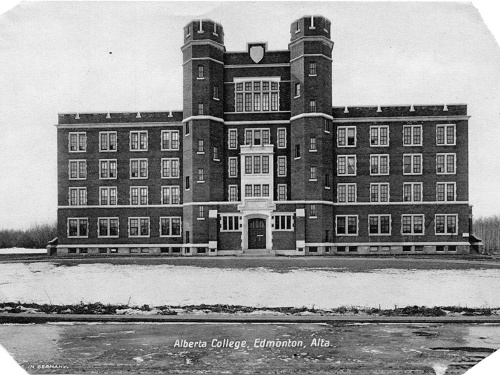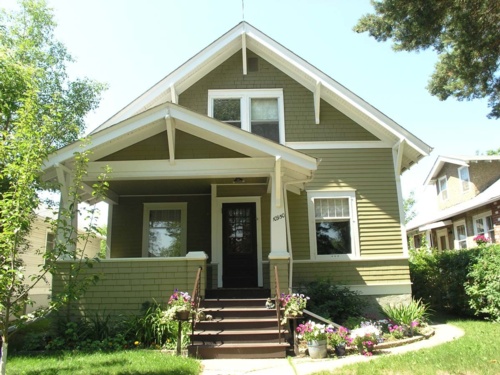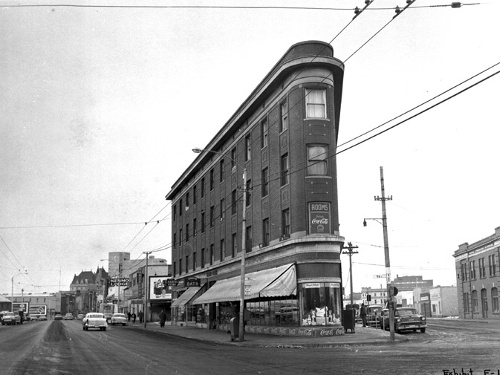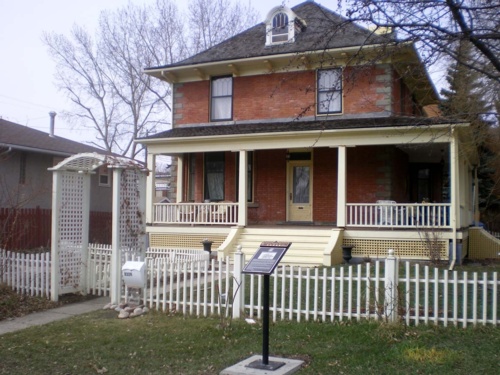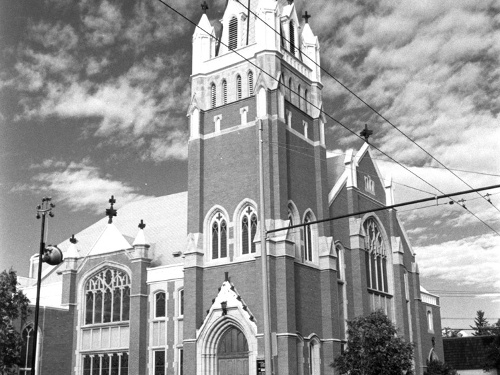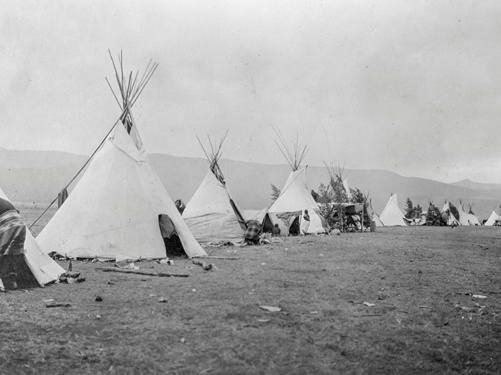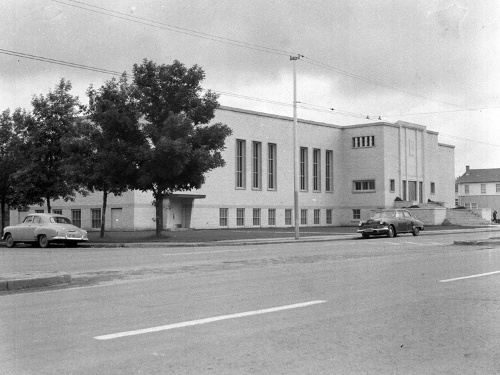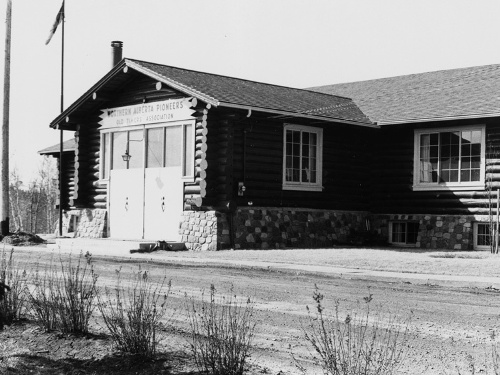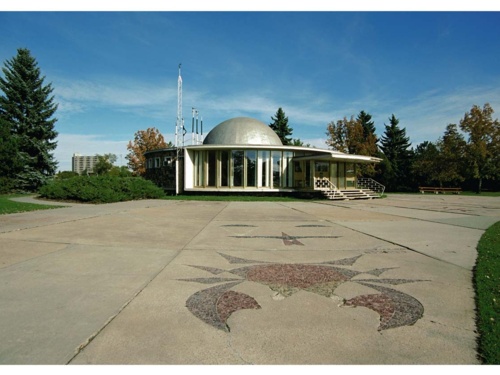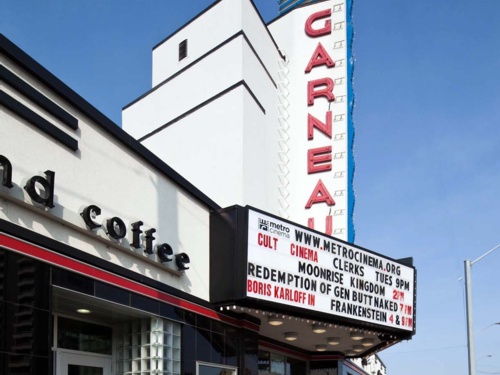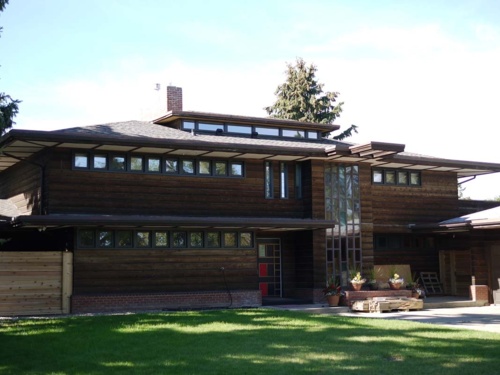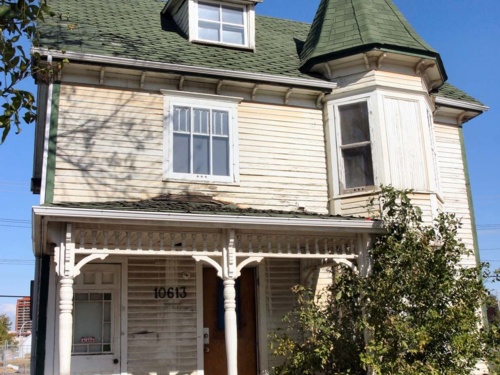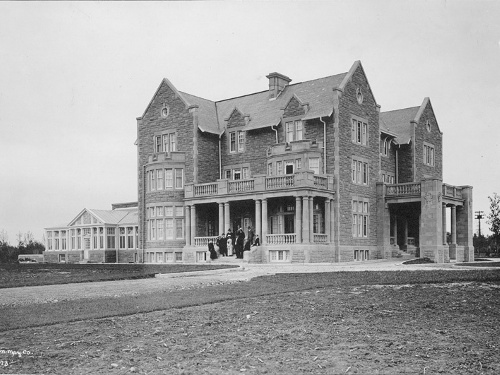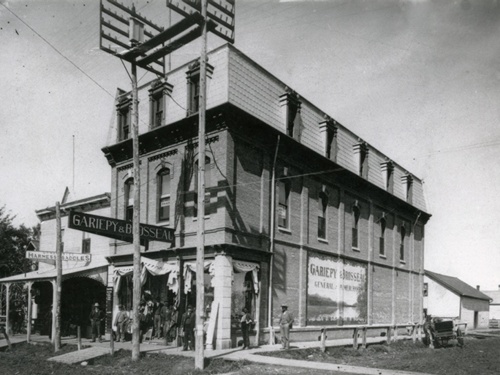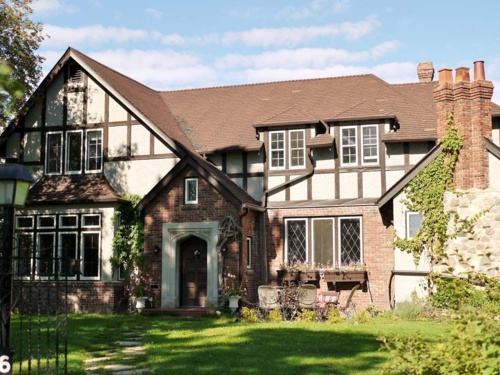The Arts and Crafts style valued natural materials and truth in form. It was typically very ornate and employed a lot of details.
Architectural Styles
Learn about the many different architectural styles found in Edmonton!
Learn about the many different architectural styles found in Edmonton!
Edmonton’s landscape is composed of many different architectural styles. Buildings were constructed based on available materials and technology, local skill, current fashion, and budget. The combination of these factors resulted in the creation of some wonderful buildings in Edmonton. As time passed and these factors changed, so too did the resulting structures.
This section explores the various architectural styles as they appear in Edmonton. Some are very basic, while others are very ornate. If you look closely at Edmonton’s buildings you will discover that there are few “pure” examples of architectural styles here. It is much more common to find influences of one or more styles within a particular building. This is especially true for houses and modest commercial structures.
Because Euro-Canadian building traditions did not begin in Edmonton until the 1870s many styles common in other parts of Canada are not seen here. However, Edmonton still boasts a wide variety of architectural styles, as well as at least one unique building tradition.
